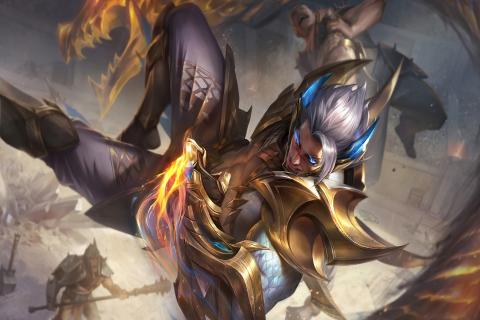Game design is a captivating blend of artistry and technology, a creative process that taps into the imagination to shape virtual worlds and experiences. The intricate balance between creativity and technology is what sets game design apart as a unique art form.
Combining visual and audio elements, storytelling, and interactive gameplay, game designers have the power to transport players to alternate realities. They create immersive environments that captivate and engage players, providing them with the opportunity to explore and interact within these digital realms.
Technology plays a pivotal role in game design, providing tools and platforms for designers to bring their creative visions to life. From powerful game engines to advanced graphics and physics simulations, technology empowers designers to push the boundaries of what is possible in gaming.
In recent years, the gaming industry has witnessed remarkable advancements in both artistry and technology. Game designers are leveraging cutting-edge technologies such as virtual reality (VR) and augmented reality (AR) to create truly immersive experiences. These innovations allow players to step inside the games and interact with virtual worlds like never before.
Moreover, the integration of Artificial Intelligence (AI) in game design is revolutionizing the way games are played. AI-powered characters and NPCs (non-playable characters) can now exhibit realistic behaviors and responses, enhancing the overall gaming experience.
Game design is a dynamic field that continuously evolves, fueled by the passion and creativity of its practitioners. As technology continues to advance, the possibilities for game design are limitless. The artistry of game design will continue to merge with technology, pushing the boundaries of what gaming can achieve.

